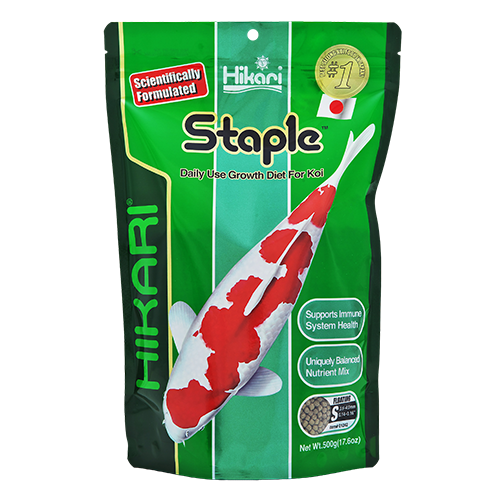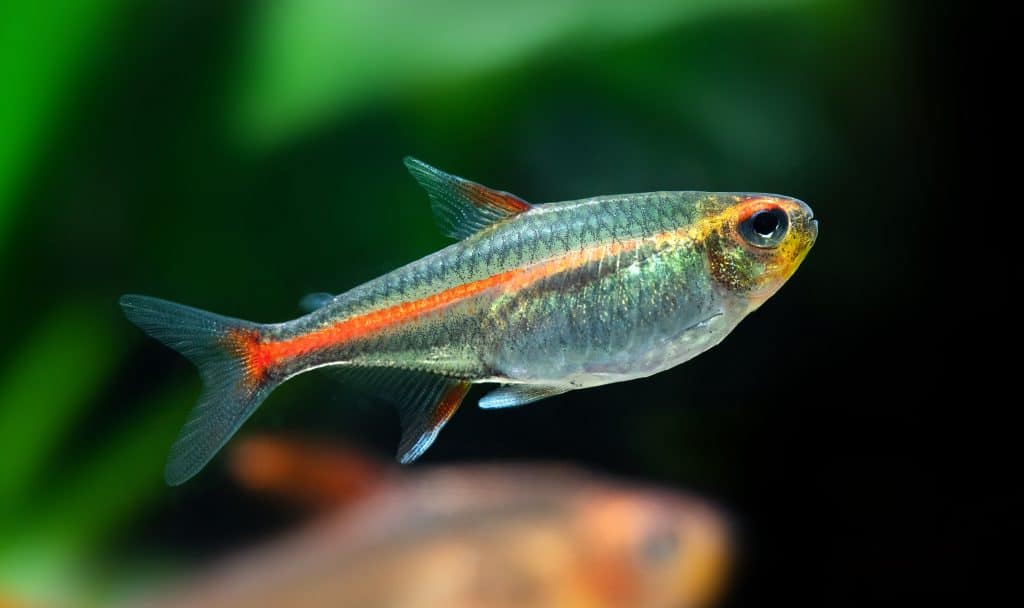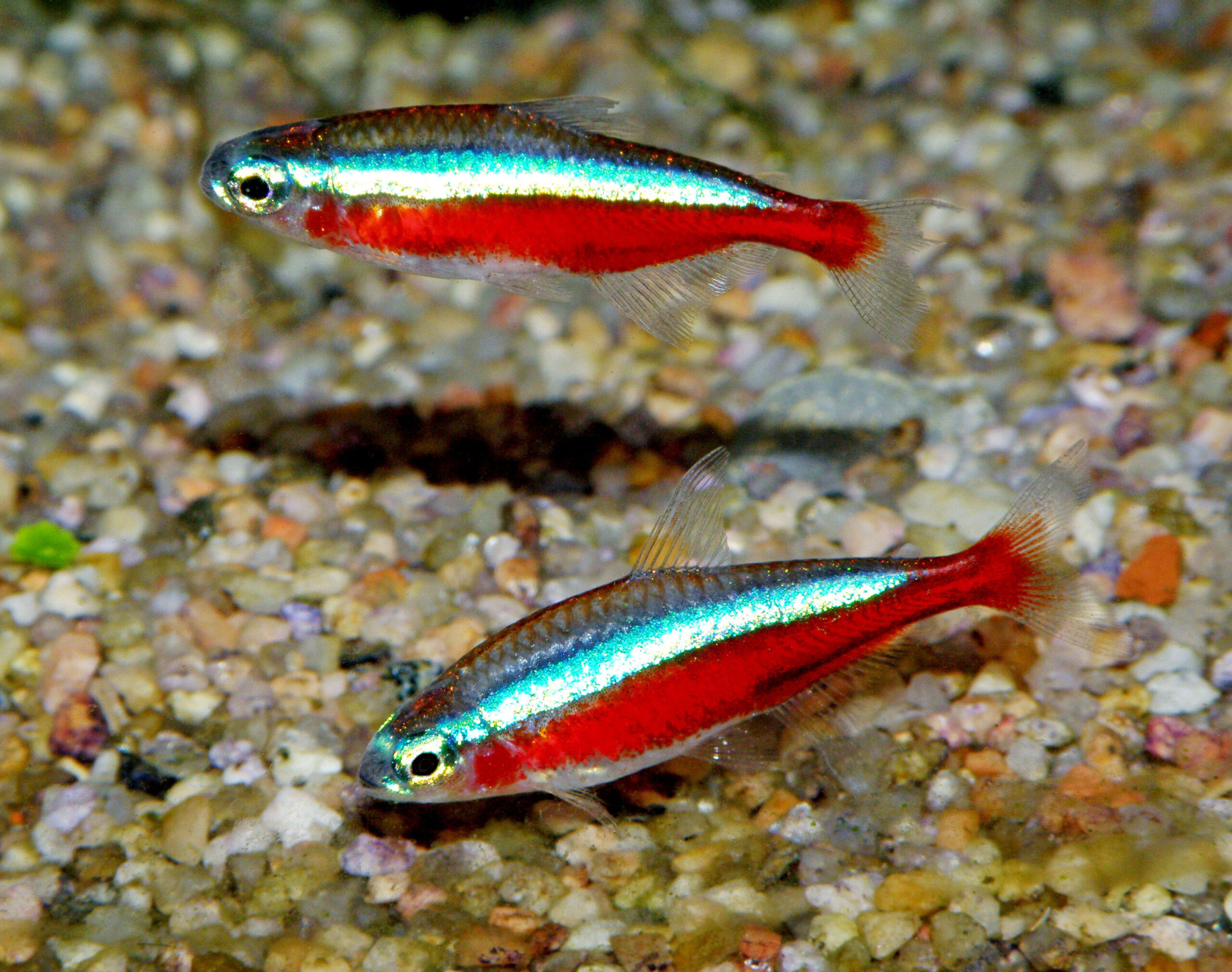The Copadichromis azureus is one of the most stunning cichlids from Lake Malawi, known for its vibrant blue coloration, particularly in the males during breeding. Here’s a detailed overview of this species:
General Information:
- Scientific Name: Copadichromis azureus (previously Haplochromis chrysonotus Mbenji and Maleri)
- Common Names: Azure Cichlid
- Etymology: The name azureus refers to the striking azure blue color of the males during breeding. The genus Copadichromis comes from Greek, meaning “shoal of fish” (copadi) and “color” (chromis), highlighting their tendency to form groups.
Physical Description:
- Male Coloration: In breeding colors, males display a brilliant azure blue with a green iridescent sheen on their head, belly, and pectoral fins. The outer edge of the dorsal fin is outlined with a white stripe with yellow tips. The males can also display several black stripes along their flanks and three black dots (from their juvenile coloration) depending on their mood.
- Female Coloration: Females are typically grayish-brown with a duller appearance, although they have three black dots on their flanks.
- Size: Males grow up to 16 cm (6.3 inches), while females reach about 12 cm (4.7 inches).
Behavior:
- Social Structure: In the wild, Copadichromis azureus is a shoaling fish, although in an aquarium setting, space limitations typically prevent a full school. In a standard tank, it’s best to keep one male with three or more females to avoid male aggression. If kept in too small an aquarium, males may become intolerant of each other.
- Temperament: This species is generally calm, but aggression may occur, particularly during breeding. It’s best kept with other peaceful cichlids like Utaka or Aulonocara species.
Biotope:
- Natural Habitat: Found in the open waters around rocky coasts and reefs of Lake Malawi, specifically around Mbenji Island, Maleri Island, Nkhomo Reef, and Eccles Reef. They typically inhabit the rocky areas along the sandy plains.
Diet:
- In the Wild: Primarily planktivorous, feeding on plankton in open waters.
- In the Aquarium: Not picky eaters. A balanced diet including frozen foods like krill, brine shrimp, mysis, and cyclops is recommended. To maintain good health, supplement with green foods such as spirulina flakes and blanched spinach.
Tank Requirements:
- Tank Size: Given the size of the male, they need a tank of at least 150 cm (59 inches) in length, or about 400 liters. The aquarium should provide sufficient swimming space with rocky structures on the sides. The substrate should be sand, as males build their nesting pits in it.
- Aquascaping: Incorporate rocks and caves for the fish to explore, ensuring there are places for the males to establish their territories.
Breeding:
- Nesting: Males create a shallow nest by moving sand with their mouths. The dominant male will often display his best colors to attract a female, showing off his fins and iridescent hues.
- Spawning: Once the female is ready, she lays her eggs in the nest, which she immediately collects in her mouth. The male fertilizes the eggs by releasing sperm while circling with the female. The female collects the fertilized eggs in her mouth.
- Egg Incubation: The female incubates the eggs for about 21 days. After this period, the fry are large enough to survive independently. They can be released into the tank, where they find hiding places among the rocks until they are ready to swim freely.
- Raising Fry: Fry can be fed freshly hatched brine shrimp and finely crushed dry food. As they grow, offer a variety of live or frozen foods.
Conclusion:
Copadichromis azureus is a calm and beautiful cichlid that thrives in a peaceful aquarium with other similar species. With the right care, it can become an eye-catching addition to your Malawi cichlid tank, offering the opportunity to witness the breathtaking spawning behavior of this vibrant species.




Reviews
There are no reviews yet.